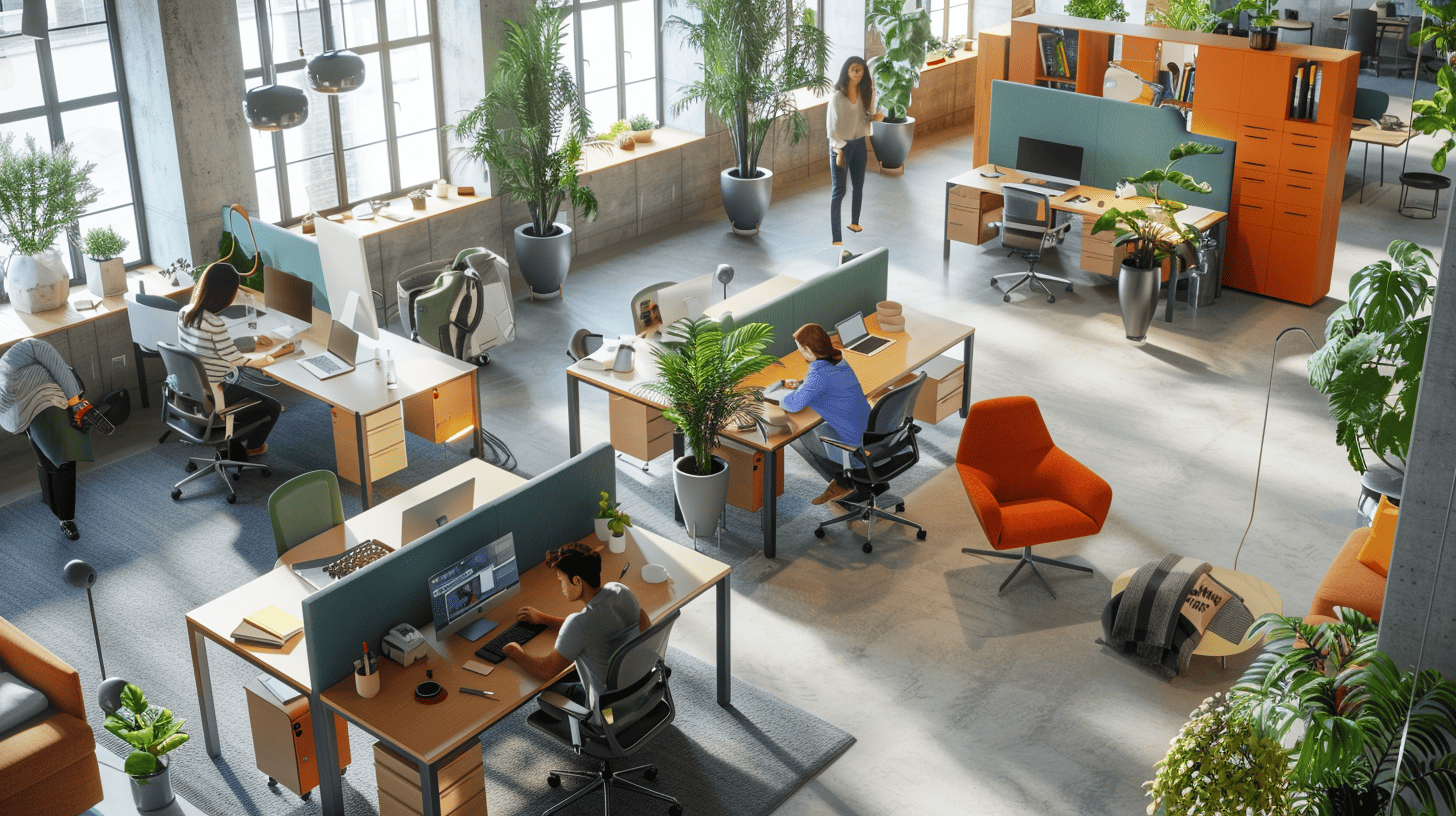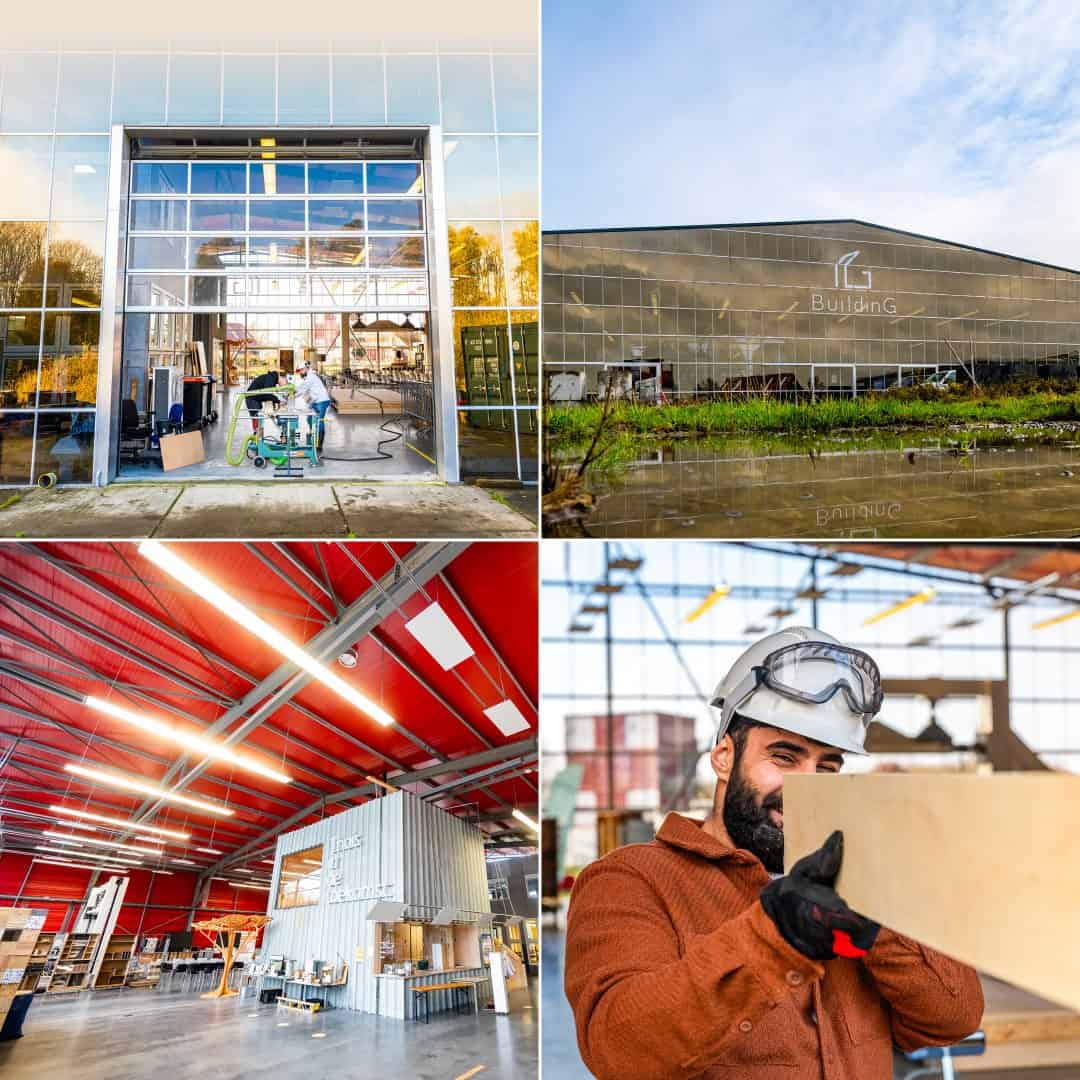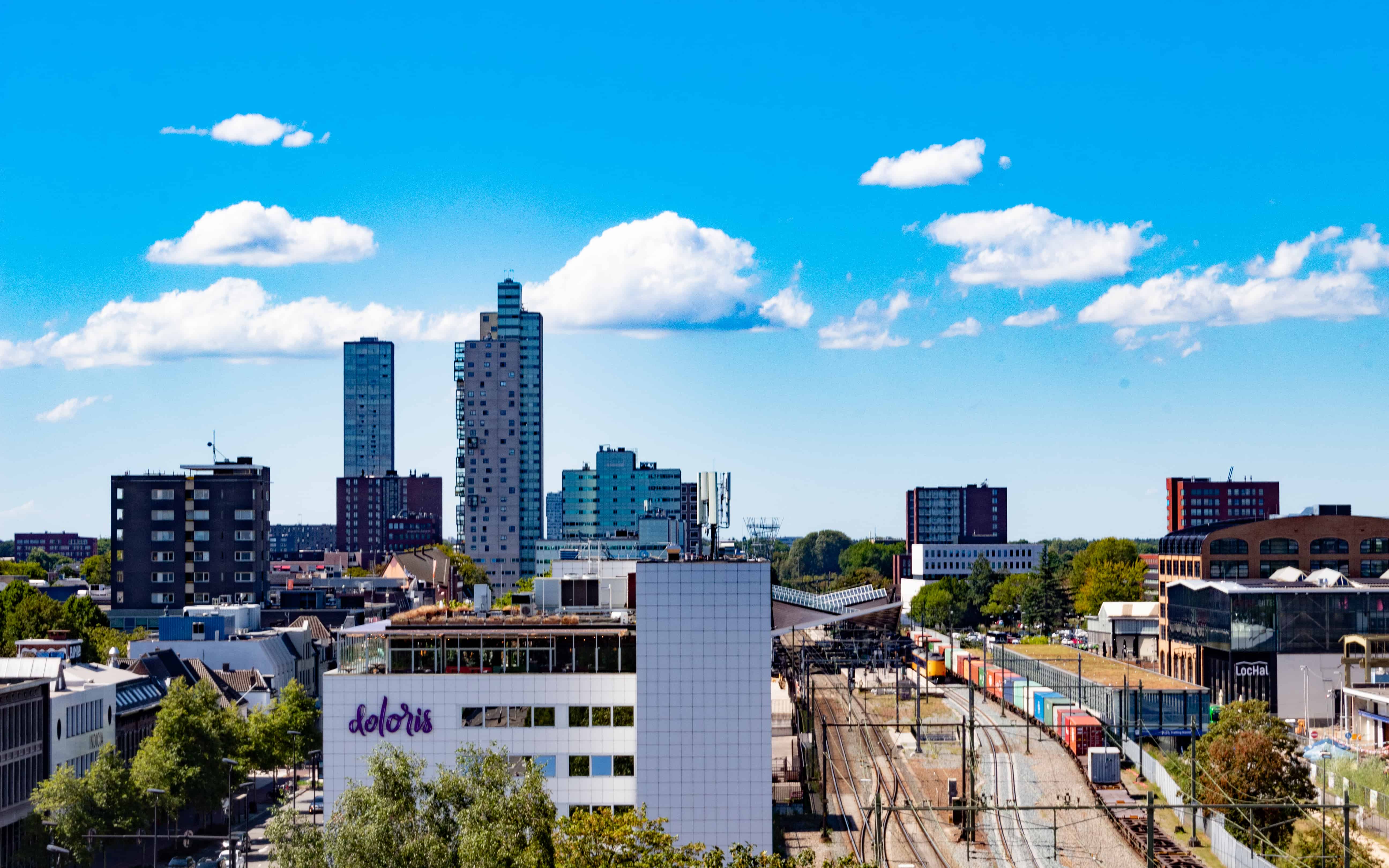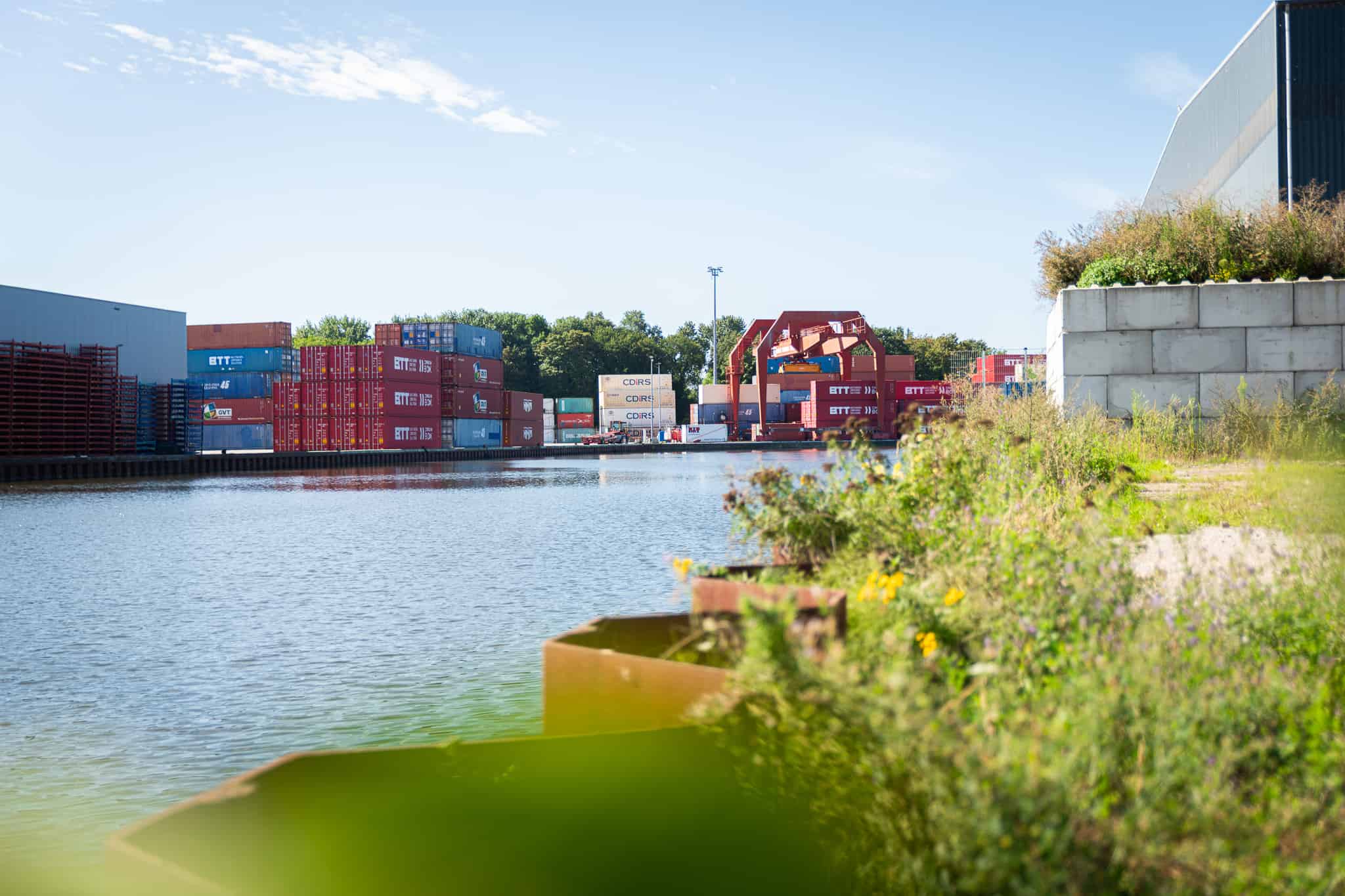
For long, Tilburg University‘s campus hasn’t been an essential part of the city. In recent years, however, the university has been doing its best to become more visible. What’s in store on campus and beyond in the coming years? The fifth story of a series on the Tilburg University region.
“I was born here myself, and I lived in the Kastelenbuurt behind here,” Alderman Bas van der Pol says in the coffee corner of the Dante Building on the Tilburg University campus. He has an urban development portfolio under his belt. And one of the most significant urban developments is happening near the campus: that is where the Knowledge Quarter is to rise.
For Tilburg University’s campus, this might be good news. The campus is currently wedged between two neighborhoods and a forest and is cut off from the rest of the city by the busy Conservatoriumlaan. Residents of the city rarely visit it, and anyone staying in Tilburg for a weekend as a tourist will not notice that there is a university campus nearby. The campus focuses entirely on its educational functions and lacks a connection to the city. So a Knowledge Quarter comes at just the right time.
Meanwhile, various bodies from the city are working on a Knowledge Axis: a strip of roughly three kilometers that can be developed as a kind of elongated cluster of research, education, and entrepreneurship, including urban life such as housing, sports, and green spaces. That axis runs from the Spoorzone, which is currently developing as the place for new entrepreneurs, along the Spoorpark and via several main roads to the university campus. And the Knowledge Quarter must also become part of that axis.

Another name
Although: that name that’s still a thing. “‘Knowledge Quarter’ could suggest that the whole area is about education. And that is what it is about, but education is not leading; it is a mix,” Van der Pol says. “I think it’s an unfortunate term. It’s not an area exclusively about knowledge,” he admits. “It’s more like a knowledge quarter,” adds urban planner for the municipality Edwin van Renterghem.
In the area near the campus, at least 7,500 homes are to be built in a so-called “high-urban Metromix”: a highly urbanized part of the city in which every square meter has its function. “But we want to do that with a ‘Tilburg scale’,” Van Renterghem says. “In any case, the public space here will be designed for a different kind of mobility. Car accessibility is guaranteed. But we will design this part much more for outreach for pedestrians, cyclists, and travelers coming by public transportation.”
It’s a way to connect this district to the rest of the city, the council believes. “The Old Warande, which is behind the campus, also belongs to this area. If you could extend the quality of the forest to the rest of the city, you could make an area that different generations can use together,” said Alderman Van der Pol. The city office is seriously considering options to extend that green from the city forest through the campus to the Knowledge Quarter and the rest of the knowledge axis.
And not only should greenery become an essential part of this part of the city, but the physical connection between the Spoorzone and the area around the campus should also improve visibly. “I used to have to walk to school with my parents,” says the alderman. “We can provide much better crossings here. That would fit into a long line of things. The Rail Park used to be a shunting yard where the city just stopped. Now it makes sense to have a park there. We want to start connecting well with that so that people can also get to the woods more easily.”
In short, a route for pedestrians and cyclists along the entire axis of knowledge will be worked on in the coming years: an esplanade. That esplanade is currently already familiar to the university campus. “That esplanade is our main artery,” says Paul Hoeijmans, director of facility services at the university. “Along that road, our buildings are placed, and in between, there is green space. If we could extend that boulevard into the Knowledge Quarter, that would be super for us. It would make the area seem very much like a part of us. That would be a huge deal, but I would love it if some of the same characteristics of our campus came back in that area.”
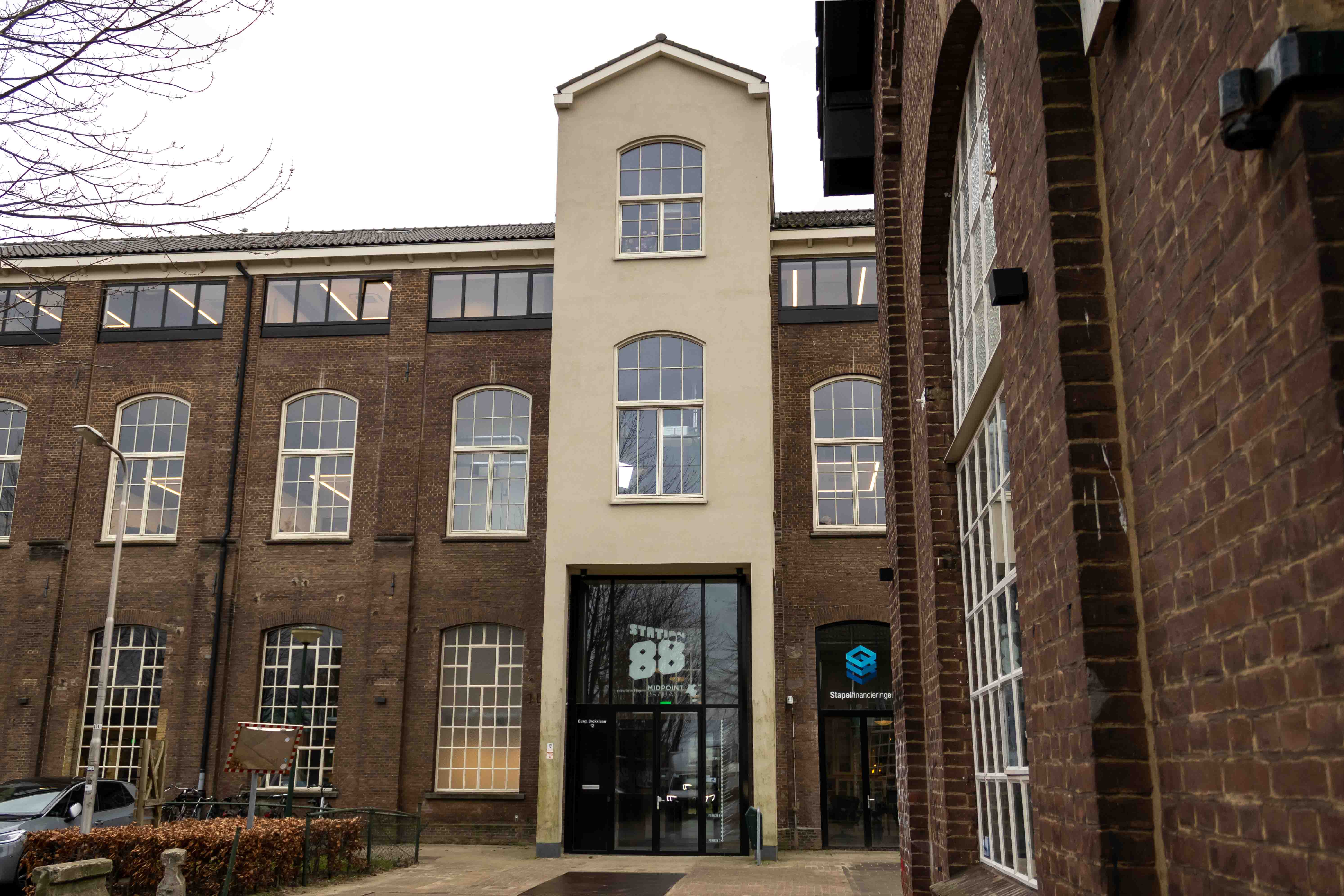
Overcrowded trains
Tilburg University’s campus can also benefit significantly from the development of the Knowledge Quarter. For example, a Tilburg University train station redevelopment may be in the pipeline. “We have long wanted Tilburg University to become an intercity station,” Hoeijmans says. “Few trains stop there, and the ones that do are overcrowded. That station is also incredibly inconvenient: there are two platforms very far apart, and something needs to be done about that.”
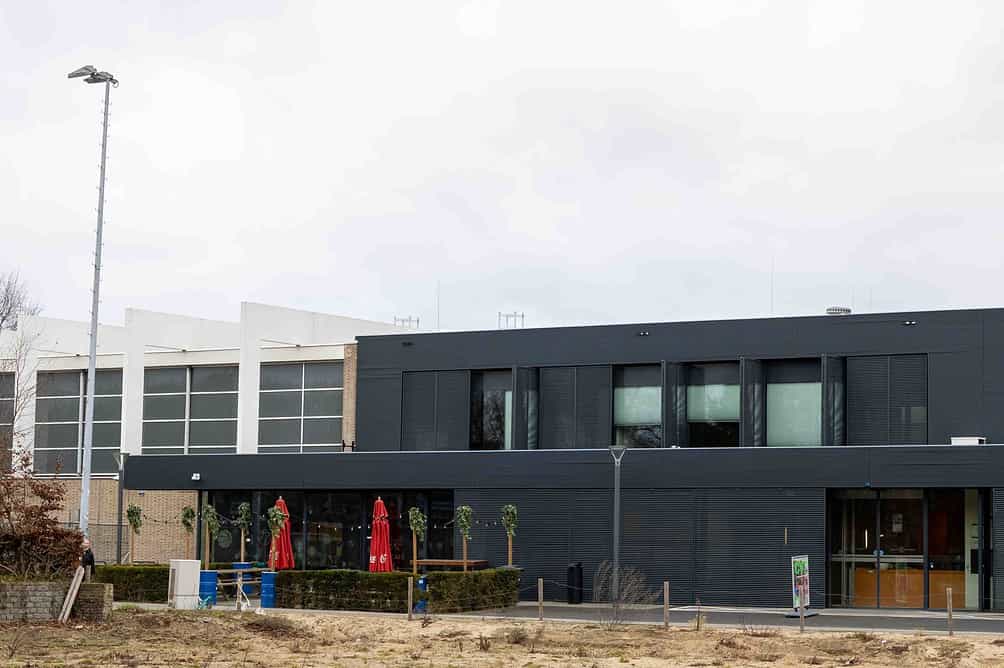
According to Hoeijmans, there is room now to address that station. “We can flip that station, and we are very much in favor of that. It would be nice if both platforms would be on the university side, with a clearer entrance towards the campus,” Hoeijmans says. Alderman Van der Pol also sees this. “We would also like a much more compact, functioning station, but it requires an investment. We have to attract the funds, and we are not that far yet.”
The municipality and the university talked about the university’s sports facilities, which are off campus and in the future Knowledge Quarter. “We have two large sports halls, gymnasiums, tennis courts, and field hockey fields. Those facilities have become much too small, and we want to enlarge them,” said Paul Hoeijmans. “Our new sports complex is to rise on the current field hockey fields against the railroad tracks. After all, it is more difficult to place housing near the railroad track. On the site of our current sports building, we would like to see student housing return. We think at least a thousand student housing units could fit there.”
Thousands of homes near campus can also bring new life to the area, Edwin van Renterghem thinks. “Not much happens on campus on weekends, evenings, and vacations. You see this in Eindhoven, by the way: that campus has a strong 9-to-5 dynamic. Because many more people will live in this area over the next few decades, a corner store, club, or whatever will naturally spring up. That is a characteristic of the urban life that will occur here,” he thinks.
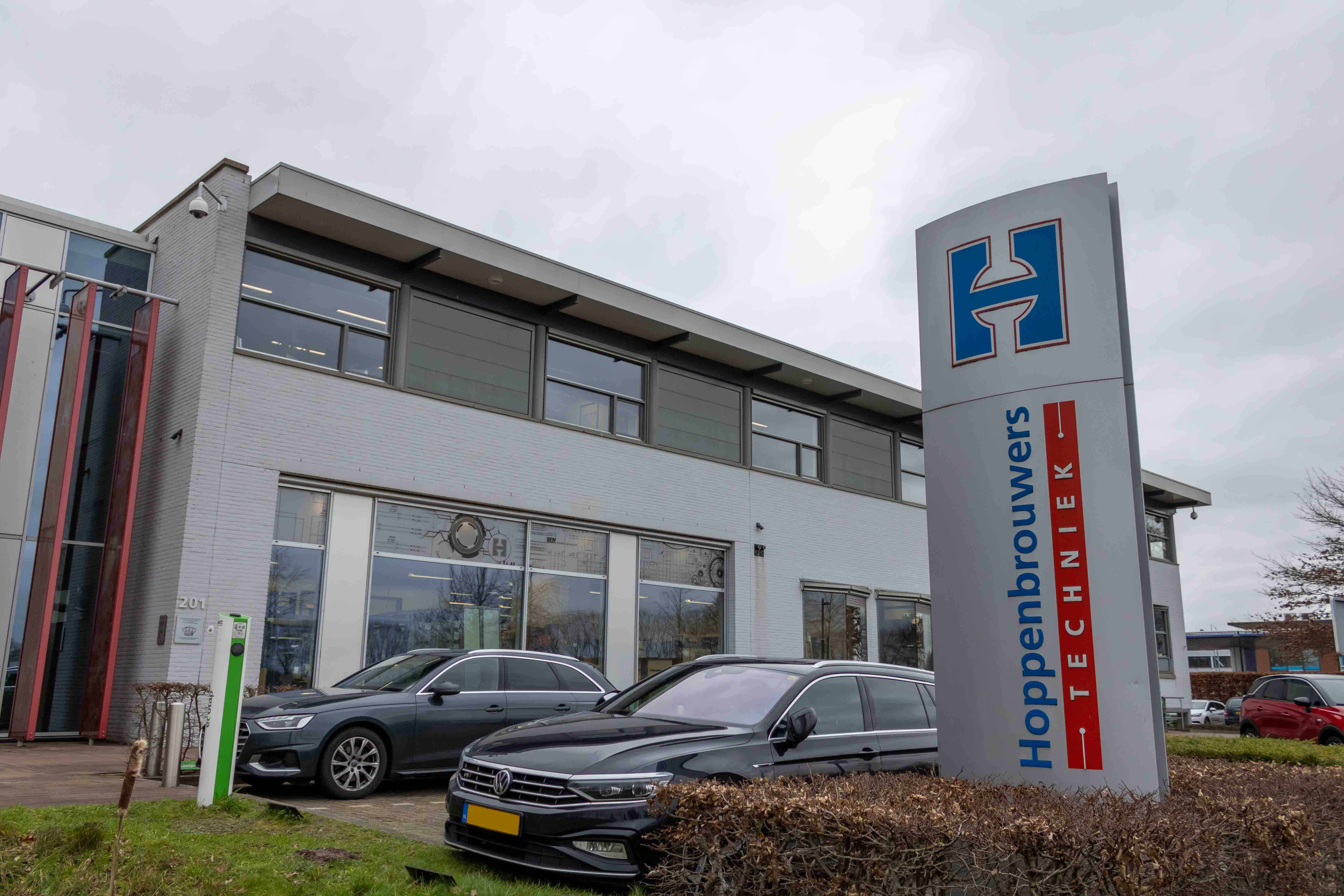
Pie in the sky
On the university’s campus, there are also things to be done. “We are now building a new teaching building that will be ready by the end of this year. We have identified a few more areas in our own campus strategy where new buildings can still come, and we are renovating what we have. Especially since COVID-19, working from home has taken off. So we’re going to equip our buildings. If you come to campus, you have a good workplace, but that is no longer necessarily your own office. We are going to work more flexibly,” Hoeijmans explains.
The campus’ current restaurant, by the way, will disappear, he knows. “We will build a new restaurant building elsewhere in the area. That dates back to when we had 12,000 fewer students than now. We are keeping the site of our current restaurant as a building reserve in case we want to build something more in the future.” But Hoeijmans expects they will only need new educational buildings sometime soon. “That remains pie in the sky. But what we teach now should fit into the buildings we have,” he believes.
Anyway, that education will not take place in the Knowledge Quarter, Hoeijmans believes. “We do that on campus and in the Spoorzone.” In the Spoorzone, at least, the university has created four labs and study spaces in the recently opened MindLabs building. There are also plans for a Young Professional Campus: a place where entrepreneurship, living, and working come together for students, former university students, and others.
As for the connection between the campus and the city, is there more in the pipeline within the Knowledge Quarter? Edwin van Renterghem has his doubts. “We have looked at university cities abroad. You have cities where a university campus is far outside the city and cities where the university has been anchored in the city center for centuries. There, the university is part of the city’s cultural history. It would help if you didn’t imagine that could be an inspiration for here,” he says.
That could have been different. Tilburg University’s predecessor, the Roman Catholic Trade School, was still in Tivolistraat from its founding in 1927. That’s a street close to downtown Tilburg. Had the knowledge institute been able to expand at that location, the city would have felt the university much more today. However, the university chose to move to its current location in 1962. Over the past several decades, the campus expanded into what it is today.
In the next five years, the first piles for new housing in the Knowledge Quarter will go into the ground, and other plans are expected to be rolled out through 2040. So it is a development that will take quite a few years. In any case, it is inevitable that this area will have changed beyond recognition by then, with more housing, new facilities, a better connection to the campus, and a different name.
This series also appears in Brabants Dagblad and was created with support from the Tilburg Media Fund.



